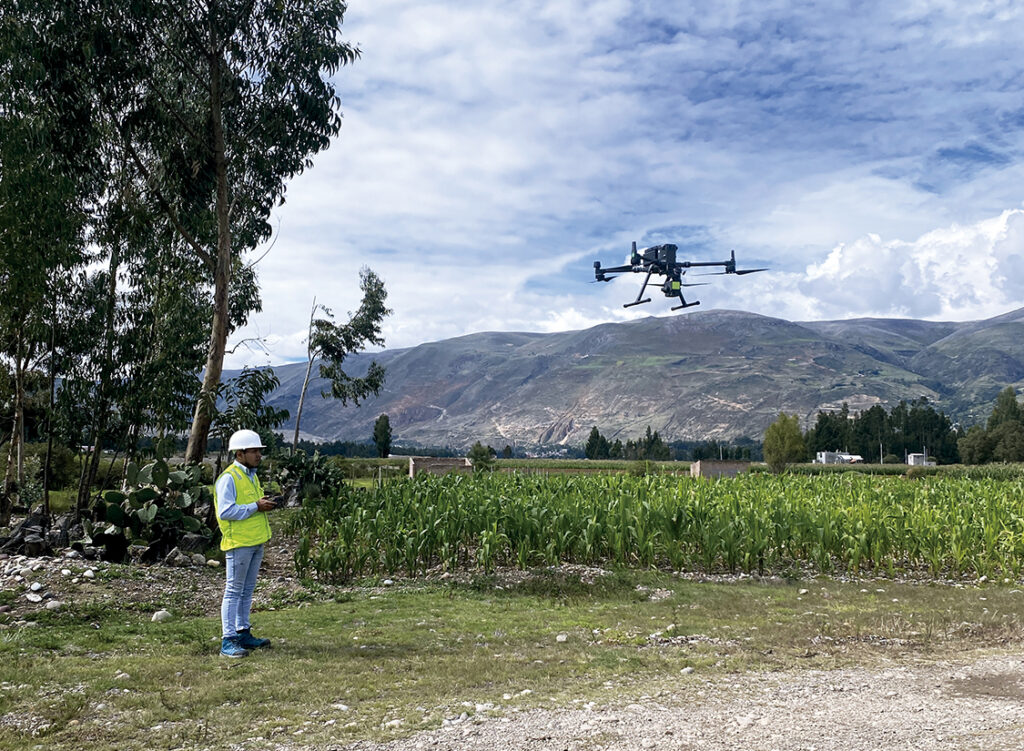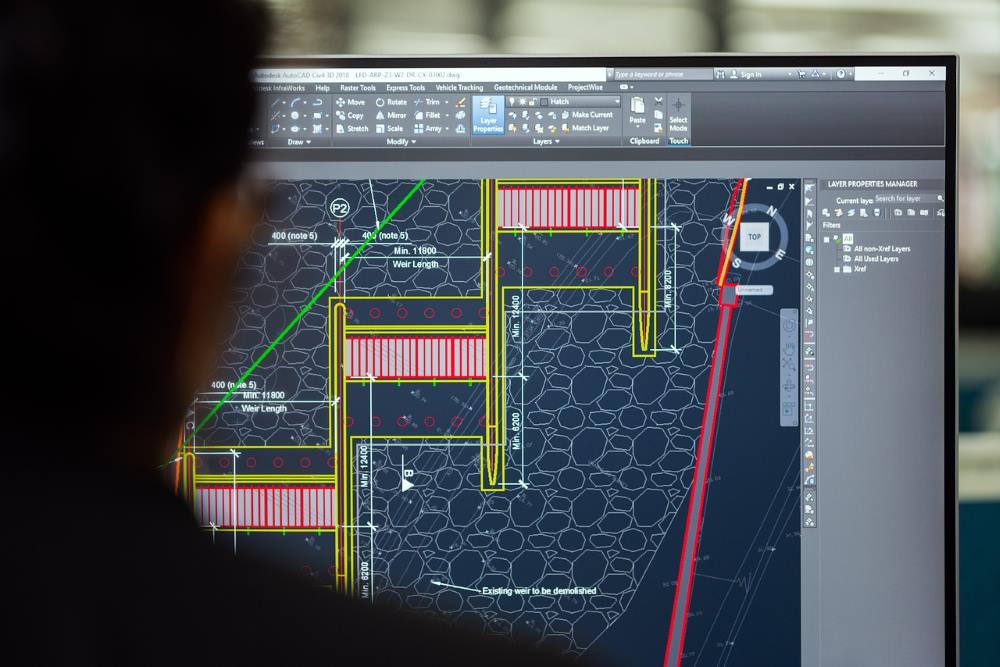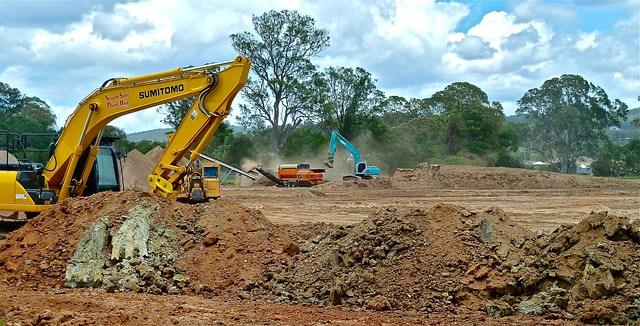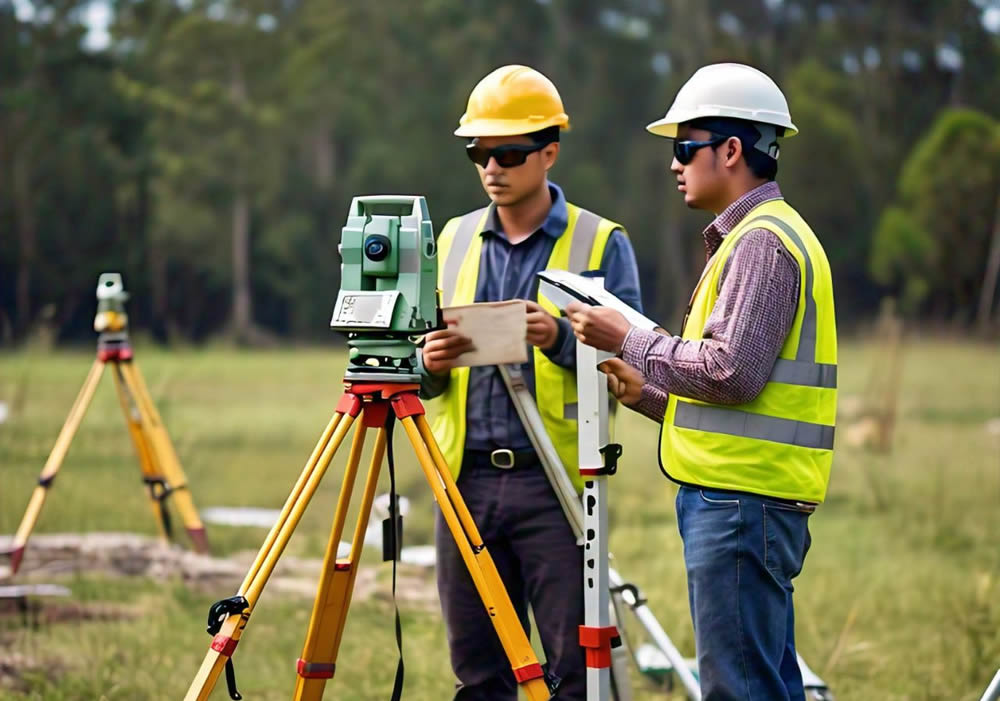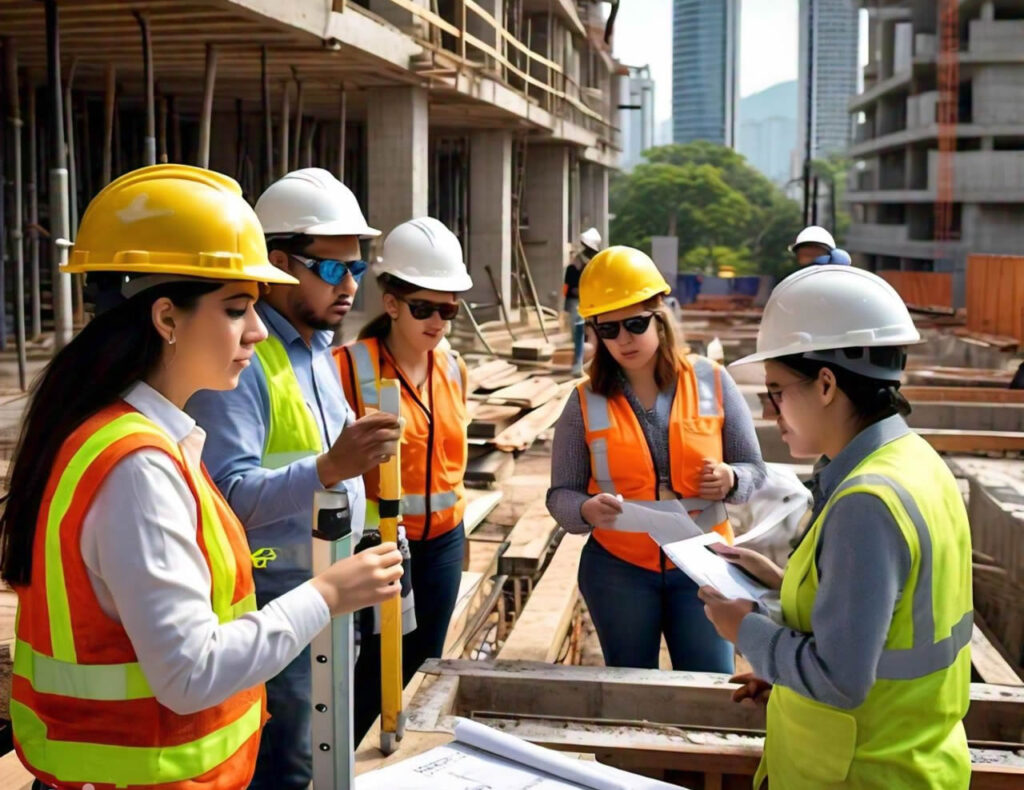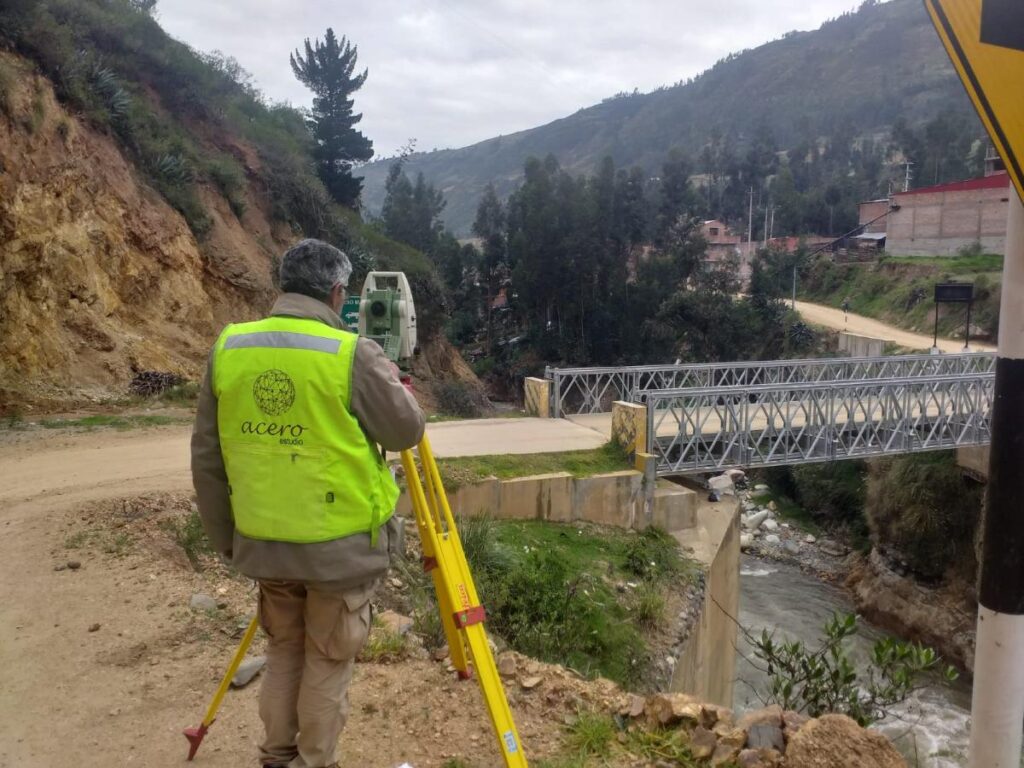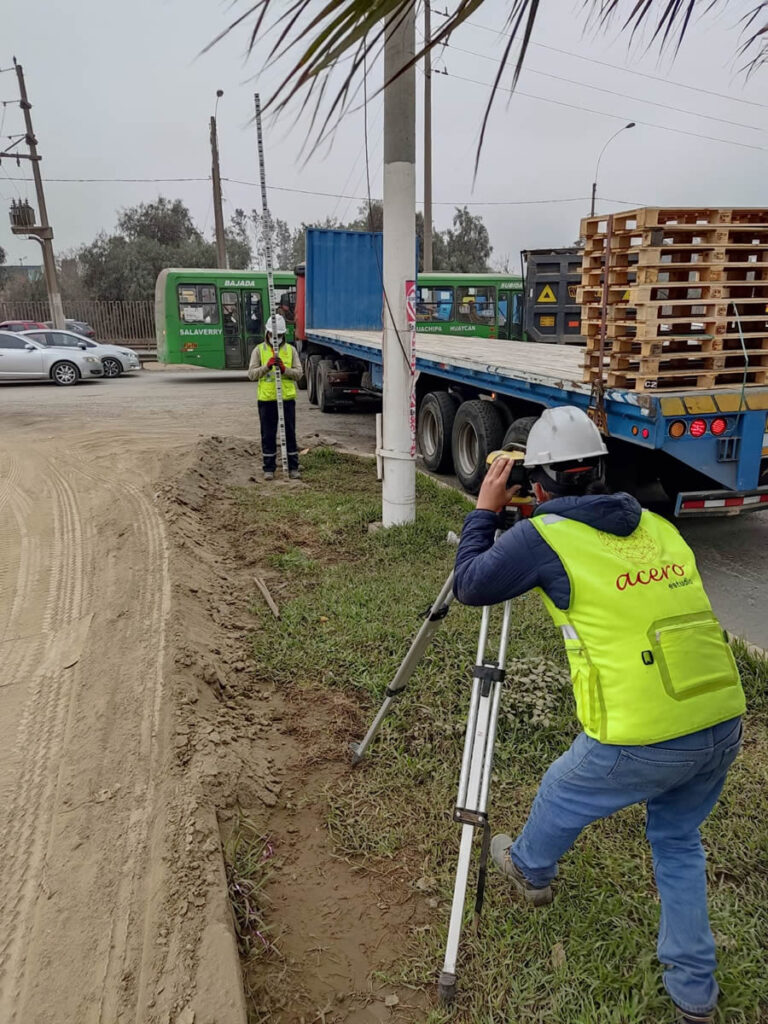Leveling is a topographic technique used to measure and establish the difference in height between specific points on a terrain. This process makes it possible to understand variations in the surface’s relief, which is essential for accurately representing the topography of an area and preparing the foundation for various types of construction.
Sectors and Types of Construction Where Leveling is Used
- Road and Highway Construction: Used for planning and adjusting slopes and route alignments.
- Civil Engineering Projects: Essential in projects involving bridges, dams, and tunnels, where precision in elevation is critical.
- Buildings and Urban Works: Ensures a flat, stable surface before constructing commercial, residential, and industrial structures.
- Hydraulic Works: Key for building canals, sewer systems, and irrigation systems, ensuring the correct direction and flow of water.
- Agriculture and Landscaping: Facilitates soil leveling for agricultural projects and garden design, promoting better water distribution and land use.

Advantages of Leveling in Topography
- Precision in height measurement
- Optimization of resources and materials in construction
- Reduction of risks from settlement or inclination of structures
- Increased safety in civil works
- Greater accuracy in slope and drainage control
Instruments and Complexity According to Type of Leveling
- Geometric Leveling: Requires an optical or digital level, which offers high precision and is relatively easy to handle, though it does require basic technical training.
- Trigonometric Leveling: Uses theodolites or total stations, allowing for height calculations on difficult terrains. This method is more complex, as it demands trigonometric calculations and advanced experience.
- Barometric Leveling: Carried out with barometers or altimeters, it is less precise than the other methods but useful for extensive or mountainous areas. Its complexity is low, though accuracy depends on atmospheric conditions.
Trust Acero Estudio for Your Topographic Projects
At Acero Estudio, we specialize in topography and surveying services with precision. Our team uses advanced technology and has industry experience, guaranteeing accurate measurements and comprehensive support at every stage of your project. Contact us for professional advice and quality results in your construction and engineering projects!
